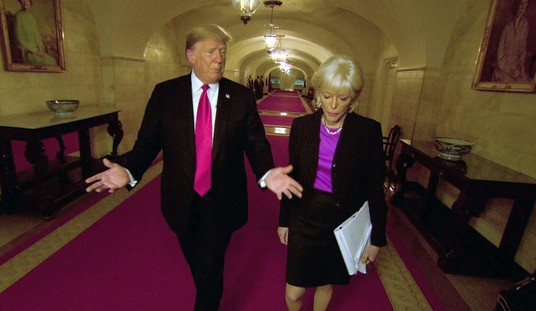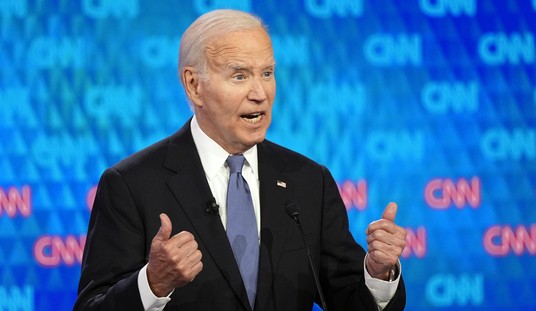For centuries, Istanbul has been a hub of global commerce. Stroll around the Grand Bazaar, though, and it’s striking what the most popular products these days are. Not carpets, not Turkish delight… but rather, knockoff handbags, scarves, and clothing. From Hermes to Louis Vuitton, Chanel to Prada, the season’s hottest styles are available on most street corners for pennies on the dollar.
“Fashion houses make so much money, they won’t miss it,” some people say. “The real thing is too expensive,” say others. “It’s just a purse.” At the end of the day, however, these are just rationalizations – and ones with serious consequences.
No, one purse won’t cause the crash of the House of Dior. But consider the many hands that have contributed to the process of bringing an authentic product to market. At the back end, leather and cotton suppliers provide materials, while patternmakers create the prototypes imagined by designers. Once approved, seamstresses and factory workers create copies of the original design; shipping companies then deliver goods that can be brought to market. Marketing, public relations, and accounting firms handle the front-end logistics of promoting these goods, including the careful branding and promise of high quality that is associated with these high end name. And of course, sales associates seal the deal for customers.
Think of these jobs – and how every fake item threatens them. Data from the US Chamber of Commerce indicates “[Intellectual-property]-based industries account for more than $7.7 trillion of the U.S. gross domestic output, drive 60 percent of U.S. exports, and employ more than 19 million Americans.” With unemployment continuing to hover around 9 percent, it’s clear that the country is not in a position to shed existing jobs.
Recommended
Couture, however, isn’t the only industry affected by counterfeiting. Music, software, and books all appear throughout the Grand Bazaar as well, signifying the intellectual property theft of thousands of other people and companies. Pharmaceuticals are another popular knock-off product – and one with significant health and safety implications for consumers.
In a March 2011 60 Minutes interview, FDA Commissioner Margaret Hamburg asserted, “You know, we don't really know the full dimensions of the problem. But, we do know that in certain countries somewhere between 30 and 50 percent of really important drugs are, in fact, counterfeit.”
In 2010, 934 drug counterfeiting incidents involved either customs seizures or police/health inspector raids, with nearly half of those seizures confirmed as being of “commercial” size, according to data from the Pharmaceutical Security Industry. As the World Health Organization has noted, “At best, the regular use of substandard or counterfeit medicines leads to therapeutic failure or drug resistance; in many cases it can lead to death.” Surely, the thought of counterfeit drugs – whose chemical makeup often varies significantly from the carefully calibrated formulations tested in labs – in consumers’ medicine cabinets should make everyone shiver.
Bear in mind, however, that the scope of is not limited to the developing world. From the European Union to the United States and Canada, counterfeit drugs are everywhere. A November 2009 study by the Organization of Economic Cooperation and Development (OECD) asserted, “Between 2000 and 2007, counterfeited and pirated products appear to have increased their share in total world trade from 1.85% in 2000 to 1.95% in 2007. While numerically small this increase is significant, given that world trade more than doubled over that period.”
In its April 2010 Intellectual Property report to Congress, the Government Accountability Office warned that counterfeiting and piracy would slow economic growth in the U.S. as companies lose revenue and the incentive to invest in research and development. Research and development costs can cost billions before a product is even brought to market – money that might not be recovered if sales decrease due to piracy. No wonder businesses’ incentive to invest and innovate is significantly impacted – after all, why innovate, if others will copy your work, and steal your ideas?
As the Debt Commission’s discussions roll on and Congress debates a 2012 budget, it is imperative that proper enforcement of intellectual property rights be on the table. Internally, the United States needs to consistently apply trademark and patent law – without special carve-outs, exceptions, and time-length provisions for the well connected. Externally, we should take a carrot-and-stick approach, rewarding nations that take these violations seriously through expanded trade preferences, and punishing those who fail to act on these crimes. In addition, we must continue to press the World Trade Organization and other international bodies to accord IP violations appropriate significance. Countries do not permit their citizens to steal physical goods from others – why should the theft of ideas be treated differently?
From an economic standpoint, protecting the IP rights of businesses is in our best interest, as it safeguards jobs and encourages innovation; from a health and safety standpoint, it’s a no-brainer.
























Join the conversation as a VIP Member